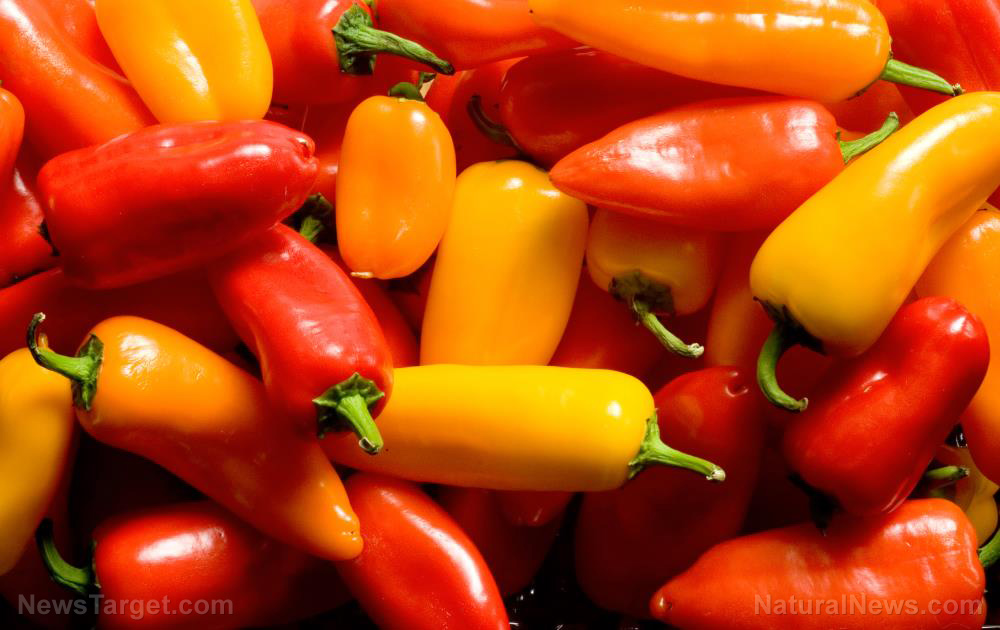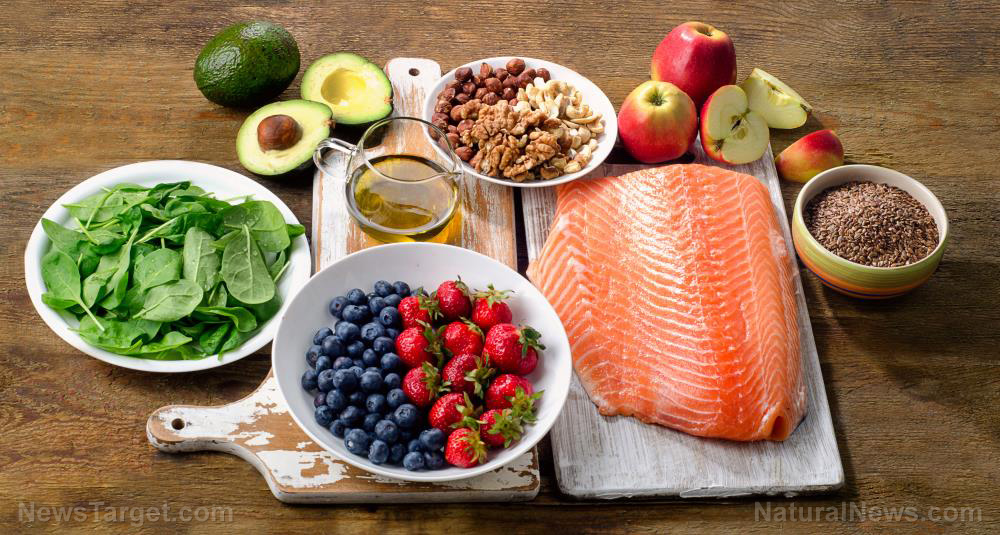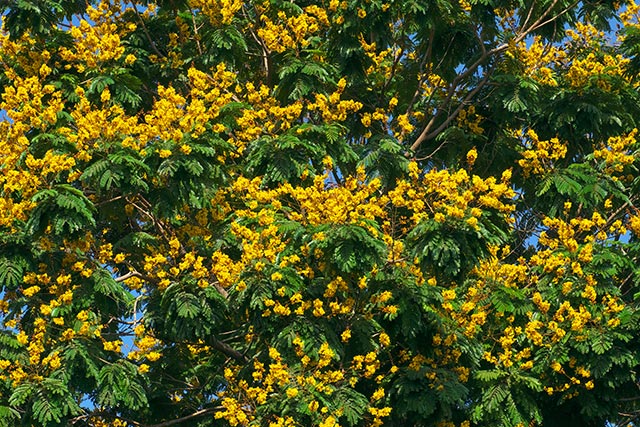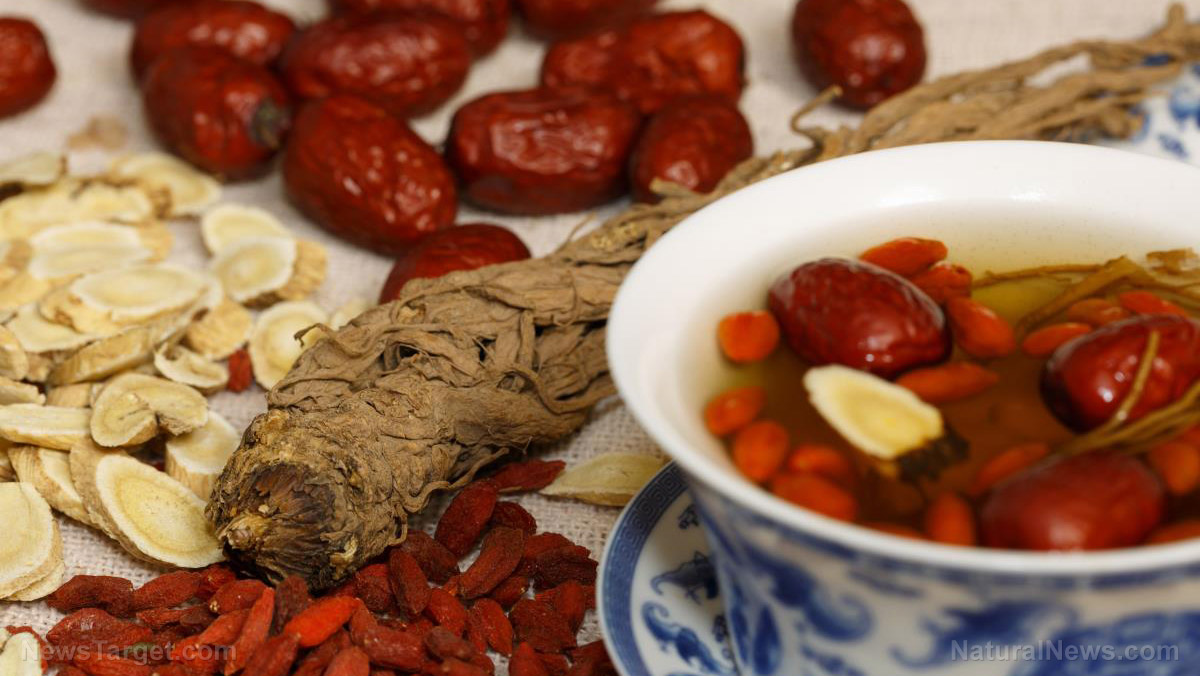Chinese herbal formula wu mei wan reduces insulin resistance, protects pancreas, prevents diabetes
07/18/2019 / By Evangelyn Rodriguez

Wu mei wan is a Chinese herbal formulation that has been used traditionally to address digestive disorders. Today, this herbal medicine is clinically prescribed to Chinese patients with diabetes mellitus. Two studies conducted by researchers from Huazhong University of Science and Technology in China focused on wu mei wan and its efficacy in treating diabetes. They found that wu mei wan works against the disease by inhibiting the activation of the NOD-, LRR- and pyrin domain-containing 3 (NLRP3) inflammasome. The results of their studies detailing how wu mei wan alleviates insulin resistance and protects pancreatic beta cells were published in the journals Evidence-Based Complementary and Alternative Medicine and BMC Complementary and Alternative Medicine, respectively.
Wu mei wan can reduce insulin resistance
Numerous studies have demonstrated how nonspecific chronic inflammation can lead to insulin resistance. This inflammatory process is mediated by various inflammatory cytokines, especially those that belong to the interleukin family. In particular, interleukin-1 beta (IL-1B) is said to be mainly involved in insulin resistance. IL-1B activates nuclear factor kappa B (NF-kB) and promotes the secretion of other proinflammatory molecules.
IL-1B is regulated by inflammasomes – multiprotein intracellular complexes that detect pathogens and sterile stressors and activate proinflammatory cytokines to trigger immune response. Inflammasomes are also known to induce a form of cell death known as pyroptosis. In relation to insulin resistance, a cytosolic innate immune receptor NLRP3 is responsible for the formation of the inflammasome that cleaves the precursor of IL-1B to form mature IL-1B. Activation of the NLRP3 inflammasome by the production of reactive oxygen species or other factors eventually results in the impairment of insulin signaling, which triggers insulin resistance.
 | Discover how to prevent and reverse heart disease (and other cardio related events) with this free ebook: Written by popular Natural News writer Vicki Batt, this book includes everything you need to know about preventing heart disease, reversing hypertension, and nurturing your cardiac health without medication. Learn More. |
In the first of their two studies, the researchers looked into the antidiabetic activity of wu mei wan in vitro by testing it on human liver carcinoma cells (HepG2). Their aim was to identify the mechanism underlying its therapeutic effect. To accomplish this, they first treated HepG2 cells with palmitate to impair the insulin signaling pathway and induce insulin resistance. They followed this with WMW treatment and stimulation with insulin.
While palmitate reduced the rate of glucose consumption of HepG2 cells and impaired their insulin signaling, treatment with WMW restored proper insulin signaling. It also upregulated the expression of phospho-IR, phosphatidylinositol 3-kinase p85 subunit, phosphoprotein kinase B, and glucose transporter 4. In addition, WMW decreased the phosphorylation of insulin receptor substrate (IRS) serine and the expression of IL-1B, tumor necrosis factor-alpha (TNF-a), and NLRP3. These results suggest that WMW alleviates insulin resistance by inhibiting NLRP3 inflammasome formation and reducing the expression of proinflammatory cytokines. (Related: Traditional Chinese Medicine herbal formula shown to help prevent diabetes.)
Wu mei wan can protect pancreatic beta cells and prevent diabetes
In their latest study, the researchers treated diabetic mice with three different concentrations of WMW and collected their blood samples to determine their fasting blood glucose (FBG) and serum insulin levels. They measured the expression of proteins related to apoptosis, such as cysteinyl aspartate-specific proteinase 12 (caspase-12) and B-cell leukemia 2 (Bcl-2), using Western blot. To test for the presence of IL-1B, interleukin-18 (IL-18), monocyte chemoattractant protein-1 alpha (MCP-1a), and TNF-a in the pancreas, they used enzyme-linked immunosorbent assay. They also did immunohistochemistry staining of F4/80 to measure the pancreatic infiltration of macrophages. Lastly, they used immunofluorescence staining of the NLRP3 inflammasome to measure the expression of proteins related to apoptosis and inflammation.
The researchers found that WMW dose-dependently reduced FBG and promoted serum insulin secretion in the treated mice. WMW also protected the pancreatic beta cells from apoptosis by decreasing caspase-12 expression and increasing Bcl-2 expression. Bcl-2 is an anti-apoptotic protein. Additionally, WMW reversed the upregulation of IL-1B, IL-18, MCP-1a, and macrophage-specific surface glycoprotein F4/80 in diabetic mice. F4/80 is an inflammatory monocyte that emerges from the bone marrow in response to chemokines like MCP1 and localizes to inflammation sites.
Based on these findings, the researchers concluded that WMW alleviates insulin resistance, protects pancreatic beta cells, and prevents Type 2 diabetes by inhibiting the activation of the NLRP3 inflammasome and reducing the production of proinflammatory cytokines.
Sources include:
Tagged Under: alternative medicine, antidiabetes, diabetes mellitus, disease treatments, fasting blood glucose, herbal medicine, Herbs, immune system, inflammation, insulin resistance, natural cures, natural medicine, pancreas, pancreatic beta cells, prevention, remedies, research, TCM, traditional Chinese medicine, Type 2 Diabetes, wu mei wan



















